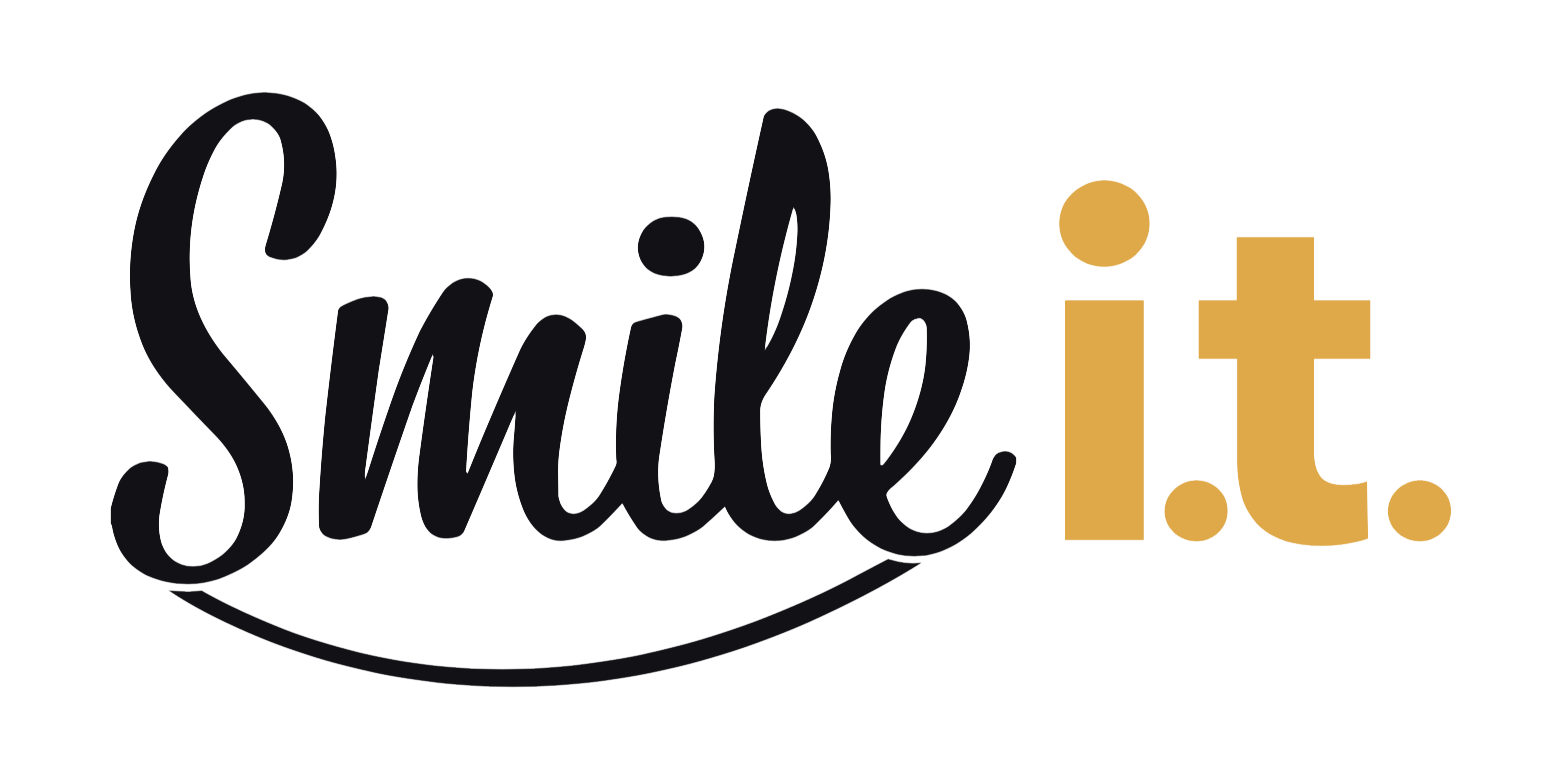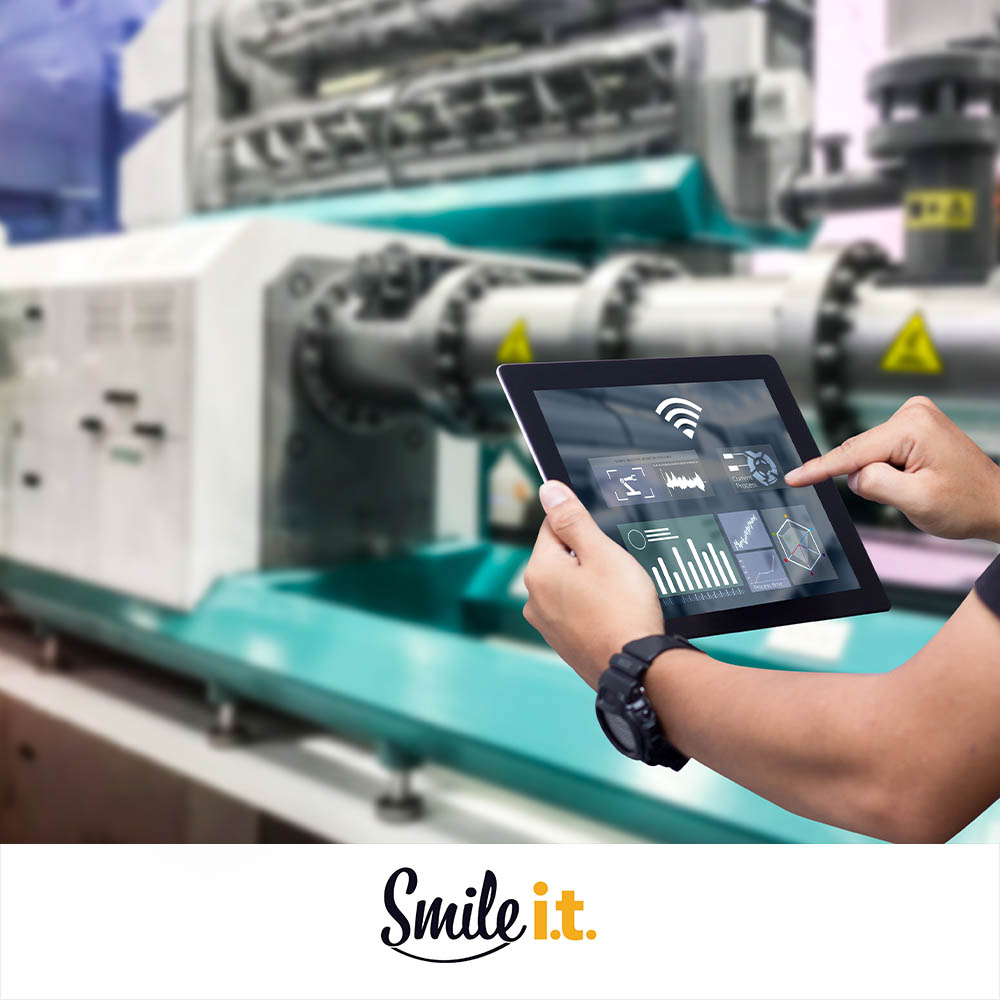The Internet of Things (IoT) has become more prevalent in our everyday lives and businesses, to the point where we all use it in some form or another. The IDC (International Data Corporation) estimates that by 2025 there will be 41.6 billion connected IoT devices. Broadly speaking, IoT refers to all devices that are connected to the internet. But if we want to be more specific we’d say it defines devices that are connected to each other and ‘talk’ to each other. They gather data, they share it, analyse it and prompt necessary actions based on the data. The levels of automation achieved from this could be explosive in terms of efficiency and productivity, provided the data is monitored, communicated and acted upon correctly.
Today we’re going to look at how how Smile IT is developing an Internet of Things device monitoring platform in Brisbane which can be used to gather data and prompt actions.
What Can Be Monitored using IoT?
IoT monitoring devices can collect many different types of information. The range of applications are pretty much endless when it comes to business functions. Some examples are:
– You can monitor the rate of consumption of consumables for example, and automate the repurchasing when supplies are low.
– Temperature-sensitive environments can be kept at a constant temperature and monitored over time to chart the temperature variations.
– IoT flow monitoring systems provide accurate flow measurements and minimum and maximum notifications.
The Smile IT IoT Platform
At Smile IT we’re particularly interested in using IoT devices to provide solutions for Brisbane and Australian businesses. Our team is developing a multi-application Internet of Things platform that will do exactly that. Designed to aggregate information from actual devices in the field, it will then provide an AI-based analysis of this collected data. Business improvement reports will then be provided based on this analysis.
Let’s break down an exact example of how the Smile IT Internet of Things platform works. This is an application we’re putting together for a client to monitor water tank levels at their Ecolodge. The setup is broken into four parts:
- The monitoring device: This is the IoT device attached to the water tanks to measure the levels. Built using Raspberry Pi ultrasonic water level sensors, it’s accurate to within 1-mm.
- Connectivity: Raspberry Pi GPIO Pins provides connectivity between the device and the viewable dashboard.
- The backend of the platform has been developed using MySQL and Python.
- The frontend of the platform has been developed with PHP Laravel.
The viewable dashboard can be accessed by authorised personnel and presents critical information relating to the water tank levels. It will look something like this:
The important information is clearly presented and can be assessed with little more than a glance. Controls can be put in place to create prompts or automate actions when the water reaches undesirable levels.
This is a cost-effective monitoring device that can be applied across different industries such as mining, hospitality or manufacturing. Get in touch with us at Smile IT if you have any questions about how we could implement it in your business.
Things to Consider with IoT Device Monitoring
As a business you want your processes to be as seamless as possible, and this obviously applies to remote monitoring using IoT. You need to consider the following:
– How easy is the onboarding process to get the devices deployed and set up?
– Security is a key element, as depending on the sensitivity of your data you may want to keep it private.
– Asset management moving forward needs to be planned out, especially with regards to firmware upgrades and software updates.
– Seamless communication and interpretation of the information is a must.
Give us a shout if you’d like us to answer any of these questions for you. We’re really excite about the IoT platform we’re developing and can’t wait to share it.
Definition of IoT Terms
So some of the terms we used above can be a bit confusing. Here are their definitions:
Raspberry Pi Definition: Raspberry Pi is a low-cost mini-computer offering large processing power in a compact package. It’s easy to build applications on and can connect to many different interfaces, making it popular amongst developers.
MySQL: MySQL is a relational database management system. Put simply, it allows a webpage to access information from a database. This webpage can be dynamic, so it reloads with fresh data from the database regularly.
Python: Python is a programming language used to create web applications and dynamic web content.
PHP Laravel: PHP Laravel is a robust and easy-to-understand web framework, best used to create full-featured web applications.
When he’s not writing tech articles or turning IT startups into established and consistent managed service providers, Peter Drummond can be found kitesurfing on the Gold Coast or hanging out with his family!



